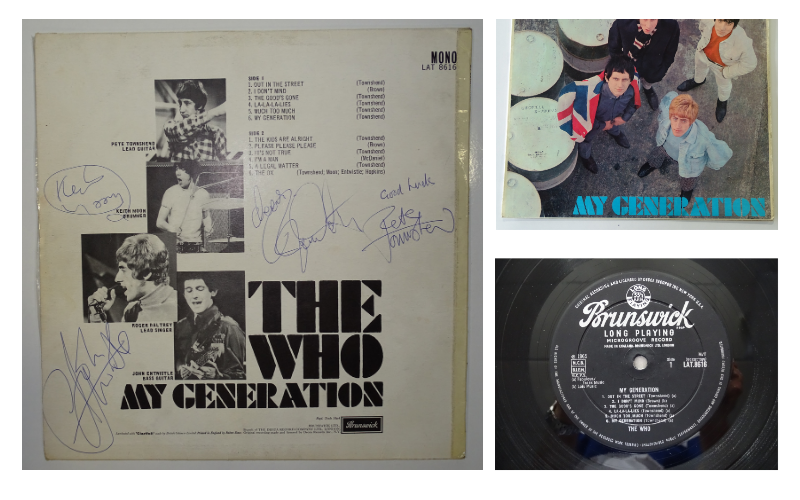

Partly because their unlikely longevity was characteristic of rock and roll insanity, but mostly because they've stayed on the road more than any other British band of their time, The Who has paralleled rock and roll's musical/cultural development during their existence as a band and as solo entertainers, evolving from lowly but ambitious beginnings to full-fledged iconic stardom. But they stayed together, without a personnel change, longer than any of their peers from that English Invasion following the initial popularity of the Beatles and Rolling Stones in early- to mid-60s. Rumors of The Who's imminent dissolution, prompted by incessant punch outs on stage and off, lasted over a decade after they made their first impact in England. Many fans on hand for the show, knowing Moon’s reputation for self destruction, seriously doubted that he was still alive, or that the group would stay together following the tour.īy now this sort of speculation was as rampant as Beatles reunion queries back then. A near riot was quelled when the makeup date was announced on the spot for April first, making this the last show on the tour. Originally Boston was the first stop of this American tour, but Keith Moon collapsed at his drums halfway through “I Can’t Explain,” ending the set before the first song was completed. The buzz that kept this whole scene hopped up just short of overdrive was The Who, one of the greatest rock and roll bands in the world. Under the El in a psychedelic bath of flashing neon heavy-lidded, red eyed freaks hawked t-shirts, bootleg records, mushrooms, weed, and scalped tickets.

Clear bottles of Miller and brown Narragansett were smashed indiscriminately on the sidewalks and street in random patterns, kids stood in clusters outside the old men’s bars while the regulars muttered approvals.

Cars couldn’t move through the densely congested pedestrian traffic radiating from the arena’s entrance, across the street and halfway up the surrounding blocks. He was also Eddie Vedder’s favorite basketball player.The crowd outside Boston Gardens on April Fools Day 1975 was psyched beyond the normal craziness attendant to rock events. Apparently, former-NBA point guard Mookie Blaylock was a fan of Pearl Jam. The Seattle-based band was known as Mookie Blaylock before they changed it to Pearl Jam. They changed their name to Red Hot Chili Peppers in 1983. They played one show for a friend’s party as Tony Flow and the Miraculously Majestic Masters of Mayhem. They were known as The Rattlesnakes before they settled on the Bee Gees in 1960. Jimi Hendrix formed his band in 1966 as The Blue Flames before changing it when he also changed the way he spelled his name. They were known as Detour when they formed, but changed it to The Who after one of their singles failed. They broke up two years later and re-formed as Queen. Queen.īefore they were called Queen, the British band was called Smile in 1968. Green Day’s third EP is called “Sweet Children” as a nod to their past. They were originally known as Sweet Children before they changed their name to Green Day in 1987. The rock band was known as The Pendletones, before they changed it to The Beach Boys in 1961. It’s a reference to the school John Lennon and Paul McCartney went to when they first met. The Beatles.īefore they were known as The Beatles they were known as The Quarry Men.

They changed it to Coldplay after their first show. Coldplay.Ĭhris Martin and Jonny Buckland formed their band in 1998 under the name Pectoralz. They were called The Rain, which was a reference to a Beatles’ B-Side, before the Brit Pop band changed their name to Oasis. U2.īefore U2 got famous, they were a five-piece rock band called The Hype in 1977. Here are 12 bands that changed their name just before they got famous. While we might know some popular bands by one name, they often times went by another name earlier in their careers.


 0 kommentar(er)
0 kommentar(er)
